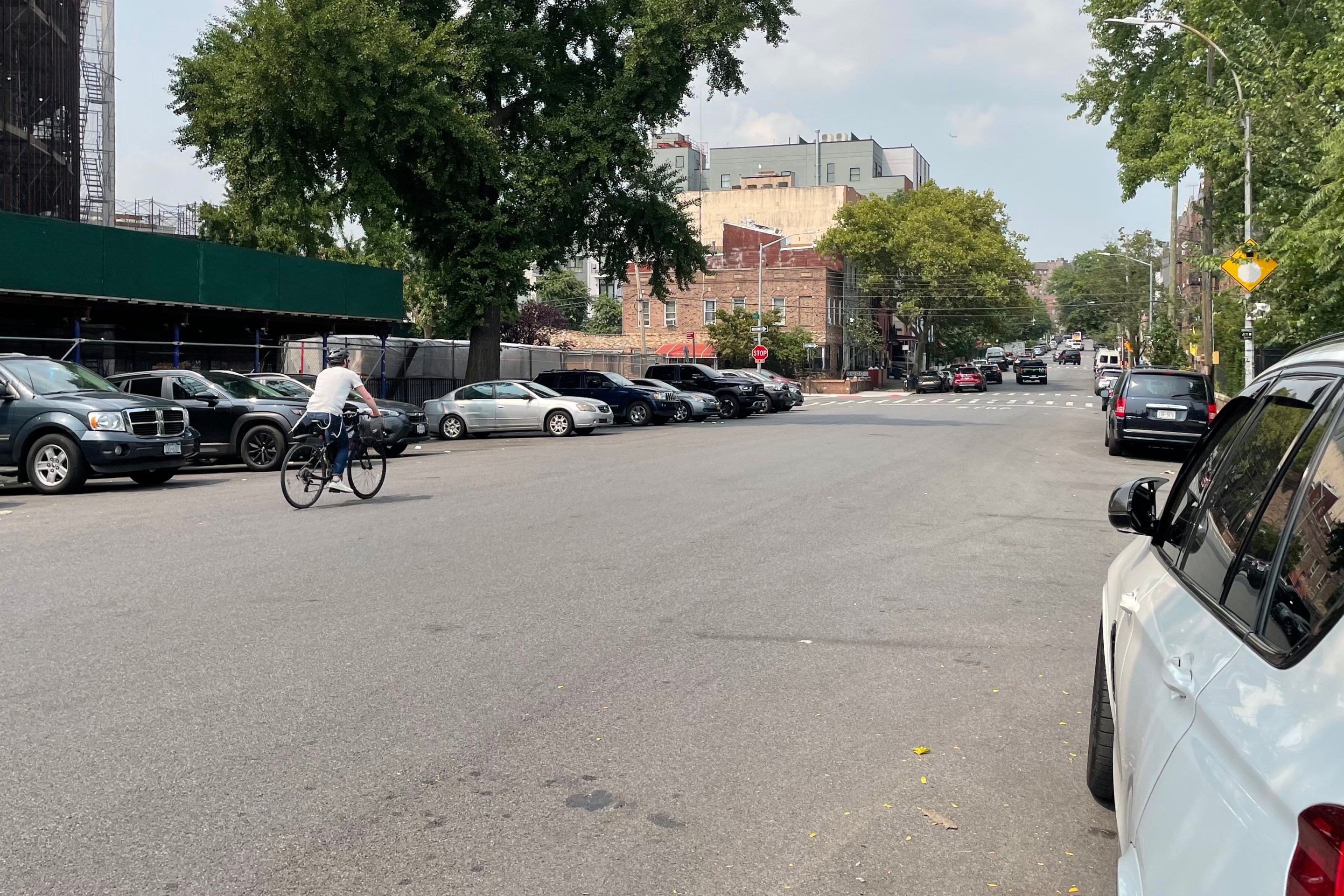
By now we're all familiar with the litany of complaints about the City's new traffic control plan: It's an unfair and burdensome new tax; it's going to kill retail business and hurt the little guy; and most of all, it's just plain "un-American."
That, of course, is what critics are saying about congestion pricing in New York City in 2007.
It turns out that the critics said the exact same things about new-fangled contraptions called Park-o-Meters when they were introduced in urban centers in the early 1930s. (Notably, The Automobile Club of New York was a vocal critic in both eras, their message almost completely unchanged over 75 years).
Cynthia Crossen offers a brief history of parking meters in today's Wall Street Journal:
Parking on city streets today is a cinch compared withthe 1930s, when free, unlimited parking was considered every American'sconstitutional right.
Just as their grandparents had tied their horses tothe general store's rail, American drivers expected handy curb spacefor their cars when they went to town. By the 1930s, however, therewere too many cars and too few curbs.
The result was chaos. Employees of downtown businesseshogged spaces for whole days; some merchants deliberately parked theircars in front of competitors' stores. Other drivers circled the narrowstreets waiting for a rare free space. Trucks loading or unloadingdouble-parked. In most cities, there were no marks on curbs todelineate spaces. In the few timed spaces, enforcement by chalking thetires was easy to beat. And the art of parallel parking was in itsinfancy.
And, who knew? History's first "parking squat" took place in 1935, conducted by angry motorists:
The nation's first parking meters -- crude,single-coin machines that charged a nickel an hour -- were installed inOklahoma City in July 1935. Public opinion ranged from mockery toindignation. One day, two couples set up a folding table and fourchairs in a parking space, deposited a nickel in the meter and played arubber of bridge.
But many drivers believed that charging for parkingwas downright un-American. The "newfangled nuisances," "damn foolishcontraptions" or "gypometers," opponents said, illegally infringed onthe individual's right to free use of the public streets. They amountedto a tax on automobiles, depriving owners of their property without dueprocess.
"This is just a combination of an alarm clock and a slot machine whichis being used for further socking the motorist, who is already payingenough in taxes," argued William Gottlieb of the Automobile Club of NewYork
Photo: Omaha, Nebraska, November 1938 by John Vachon, for the Farm Security Administration via Touching Harms the Art





